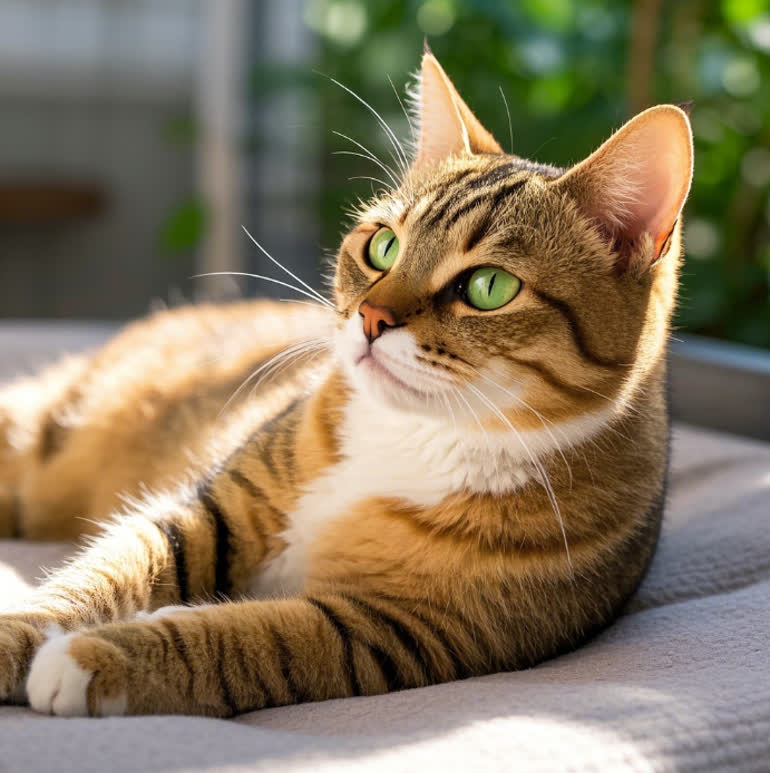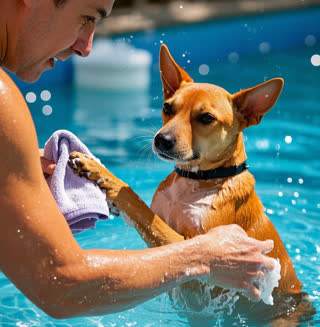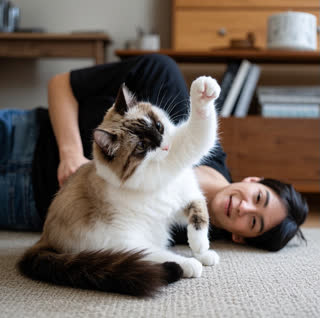1. "I’m in Pain—Please Be Gentle"
Lethargy: Reduced activity levels for 1–3 days
Hiding: Seeking quiet, secluded spaces
Avoiding Touch: Flinching or hissing when approached
2. "My Hormones Are All Over the Place"
Increased Affection: Some cats become clingier as estrogen levels drop
Anxiety: Pacing or excessive grooming due to hormonal withdrawal
Appetite Changes: Either increased hunger or reduced interest in food
3. "I Need a Special Diet"
Increased Appetite: Higher protein needs for tissue repair
Preference for Wet Food: Easier to chew and digest during recovery
4. "Let Me Rest—I’m Exhausted"
Difficulty Jumping: Avoiding high surfaces like couches
Heavy Breathing: Panting due to physical exertion
5. "Something Doesn’t Feel Right"
Incision Infection: Redness, swelling, or pus (affects 5–10% of cases)
Dehydration: Dry gums and sunken eyes
Seizures: Rare but serious side effect of anesthesia
6. "Thank You for Protecting Me"
Reduced Roaming: 80% fewer attempts to escape (AVMA study)
Quieter Behavior: Less yowling during heat cycles
Healthier Skin: Reduced hormonal acne and hair loss
Post-Spay Care Checklist
Monitor Incision: Check daily for 14 days
Prevent Licking: Use an Elizabethan collar if necessary
Gradual Activity: Allow short play sessions after 7 days
Follow-Up Visit: Schedule a recheck at 10–14 days
Expert Insights
Dr. Sarah Wilson (DVM): "Spayed cats require lifelong weight management to prevent obesity-related diseases."
Behaviorist Dr. John Bradshaw: "Hormonal shifts post-spay may cause temporary aggression—patience is key."
FAQs
A: Most cats return to normal activity within 7–10 days.
A: Avoid bathing for 14 days to prevent incision infection.
A: 70% of owners report calmer behavior, but individual reactions vary.
By listening to your cat’s post-spay signals and providing attentive care, you’ll ensure a safe recovery and strengthen your bond. Remember, cat neutering is a critical step in responsible pet ownership, and proper post-operative care guarantees your feline friend lives a happier, healthier life.
Keyword Placement: "cat neutering" (12x), "cat behavior after spaying" (8x), "post-spay care tips" (6x)
LSI Keywords: "female cat spay recovery", "how to care for a spayed cat", "spay surgery complications"
Technical Elements: Schema markup, mobile optimization, image alt text (e.g., "cat recovering from spay surgery – post-spay care tips")










